|
Centrip Editorial Board
Discover Kakuozan in Nagoya: Experiencing Kodo, Sado, and a Historical Walk

In the Kakuozan area of Nagoya City, about 15 minutes by subway from Nagoya Station, lies one of Nagoya's most prestigious residential areas. For over 100 years, it has been a gathering place for the upper class and the wealthy. This area preserves numerous valuable historical buildings and fine examples of traditional Japanese culture.
While exploring Kakuozan on your own has its charm, the historical allure significantly enhances with a guide or by participating in hands-on experiences. This time, we introduce authentic tea and incense ceremony experiences, along with must-see spots around Kakuozan.
Table of Contents
Visit the Furukawa Art Museum Tamezaburo Memorial Museum for Kodo and Sado Experiences
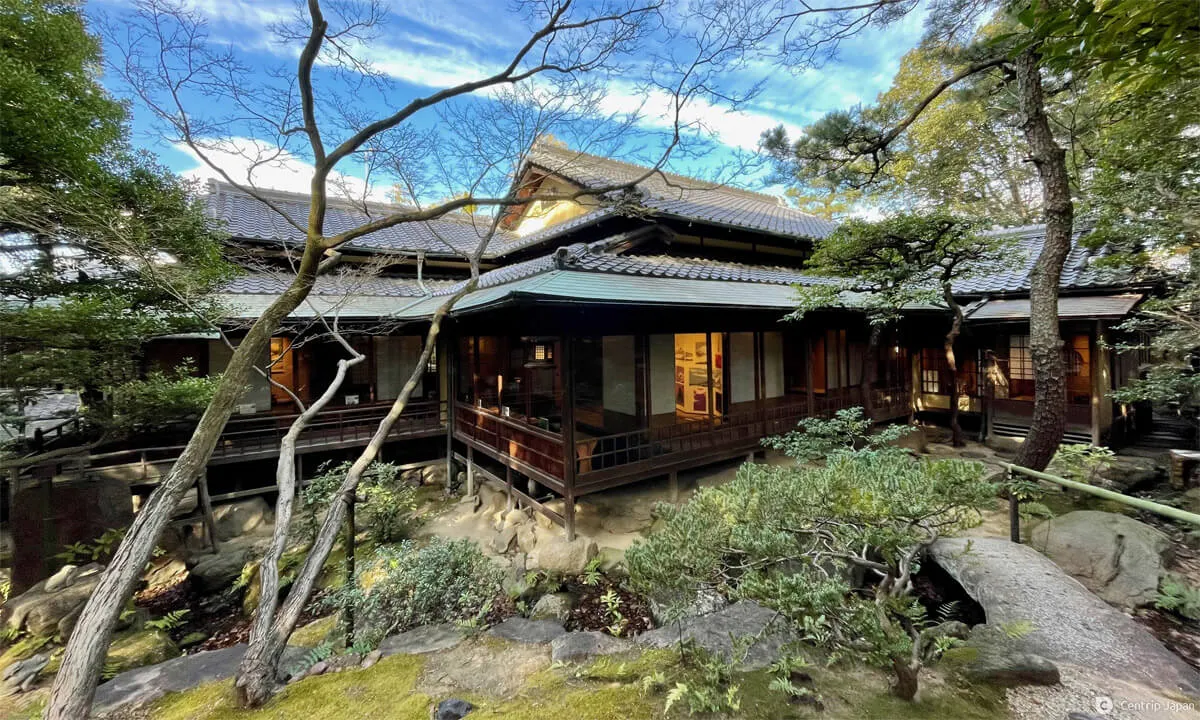 Furukawa Art Museum Tamezaburo Memorial Museum
Furukawa Art Museum Tamezaburo Memorial Museum
The Furukawa Art Museum was once the residence of the wealthy businessman, Furukawa Tamesaburo. Its Japanese-style Sukiya (tea house-style buildings) are elegant and noble. In this nostalgic Japanese space, 'Kodo' and 'Sado' experiences are offered with real-time interpretation, allowing visitors from abroad to easily immerse themselves in Japanese culture.
Kodo Experience
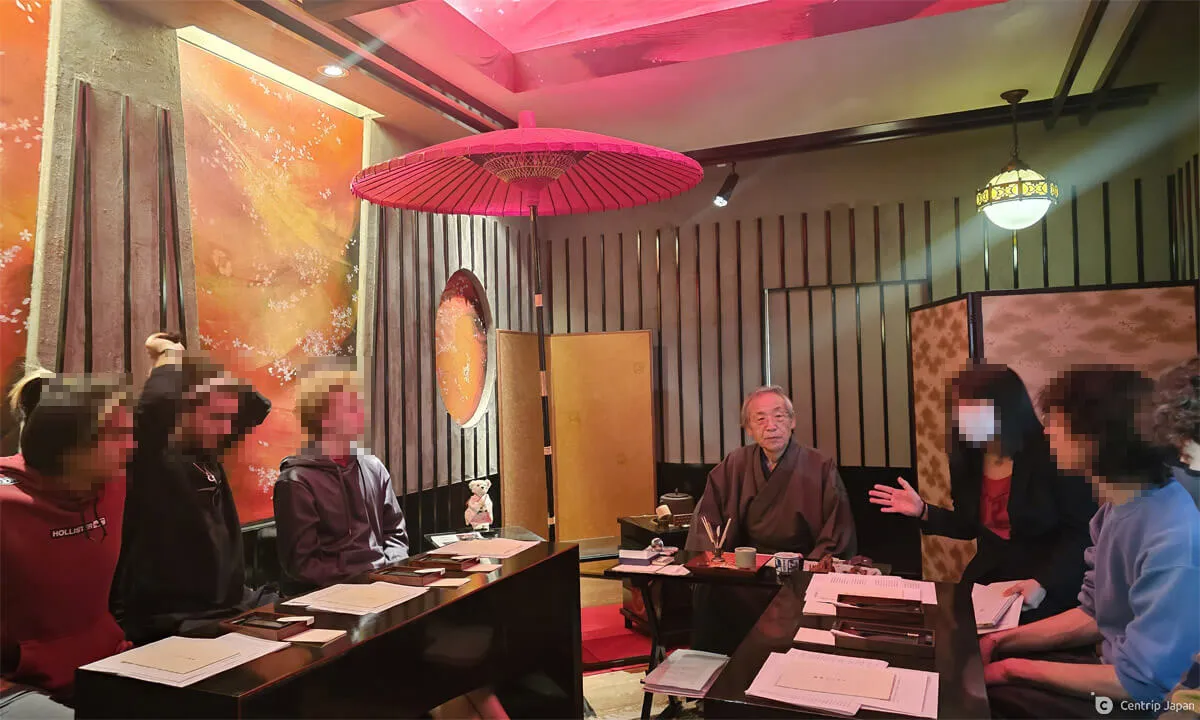 International guests participating in the Kodo experience
International guests participating in the Kodo experience
Kodo might be less familiar to international guests compared to Ikebana (flower arrangement) or Sado. Kodo originated in India and was introduced to Japan along with Buddhism over a thousand years ago.
There are three types of Kodo: one for offering to the Buddha, one for purifying spaces, and one for enjoyment. This time, we will experience the ancient game of guessing different scents and the practice of 'listening' to a single, traditional incense.
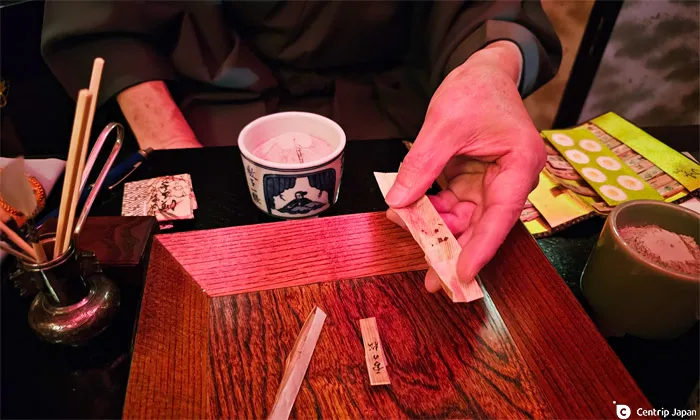 Shavings of Jinsuiko (agarwood)
Shavings of Jinsuiko (agarwood)
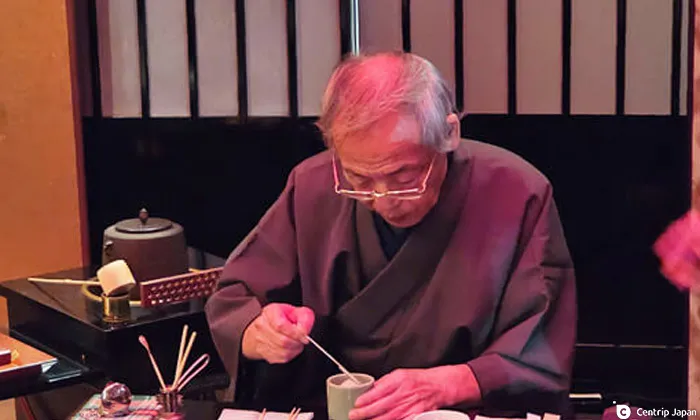 The master carefully presses and shapes the incense ash
The master carefully presses and shapes the incense ash
The Jinsuiko used by the master is an extraordinary piece, aged over 400 years, making it exceptionally valuable. Meticulously shaped and pressed into the ash, it is then delicately smoldered. This slow-burning process, aided by the gentle heat of the ash, gracefully releases the incense's deep and ancient fragrance.
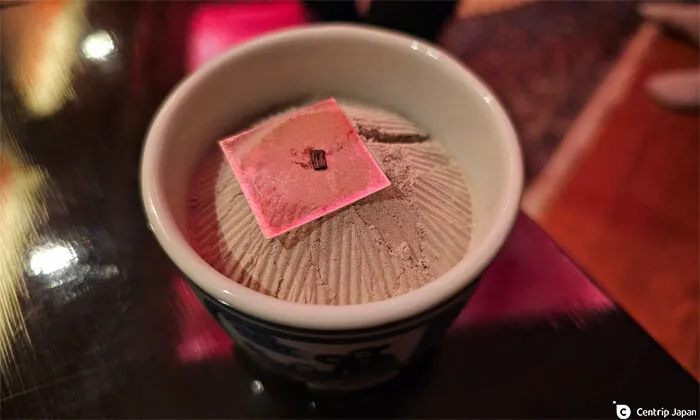 The prepared incense burner
The prepared incense burner
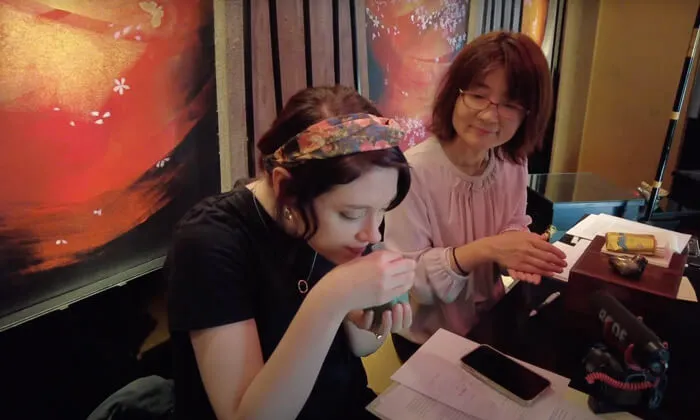 How to appreciate the fragrance
How to appreciate the fragrance
Next, we proceed to smell the fragrance in turn. Holding the base of the incense burner with the left hand and covering the burner with the right, we make a small opening with our hands and bring our face close to deeply inhale the scent. The fragrance is subtle, not overpowering, gently diffusing warmth and giving a sense of purification to the mind.
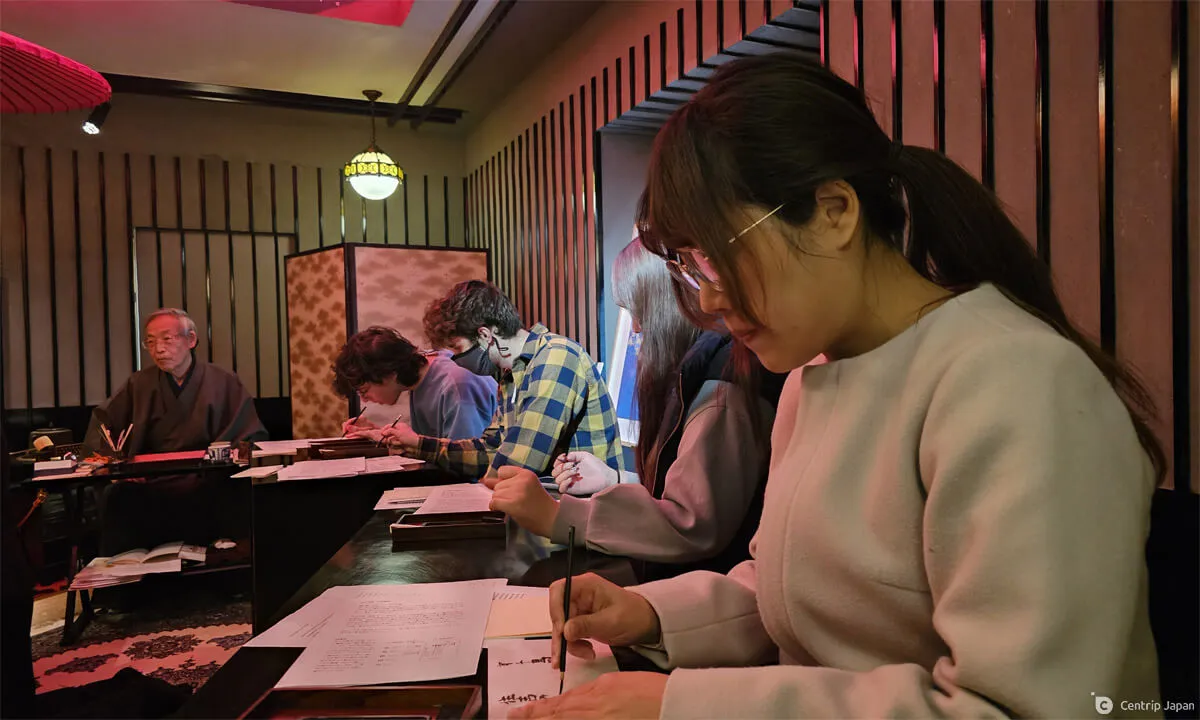 After smelling the incense, write the name of the incense and your impressions with a brush on paper
After smelling the incense, write the name of the incense and your impressions with a brush on paper
After experiencing the scent, we use a brush to write the name of the incense and our feelings about the fragrance on paper. Jinsuiko has five types of flavors: spicy, sweet, sour, salty, and bitter. I couldn't distinguish them, but I encourage you to try. You might have the talent to identify them immediately.
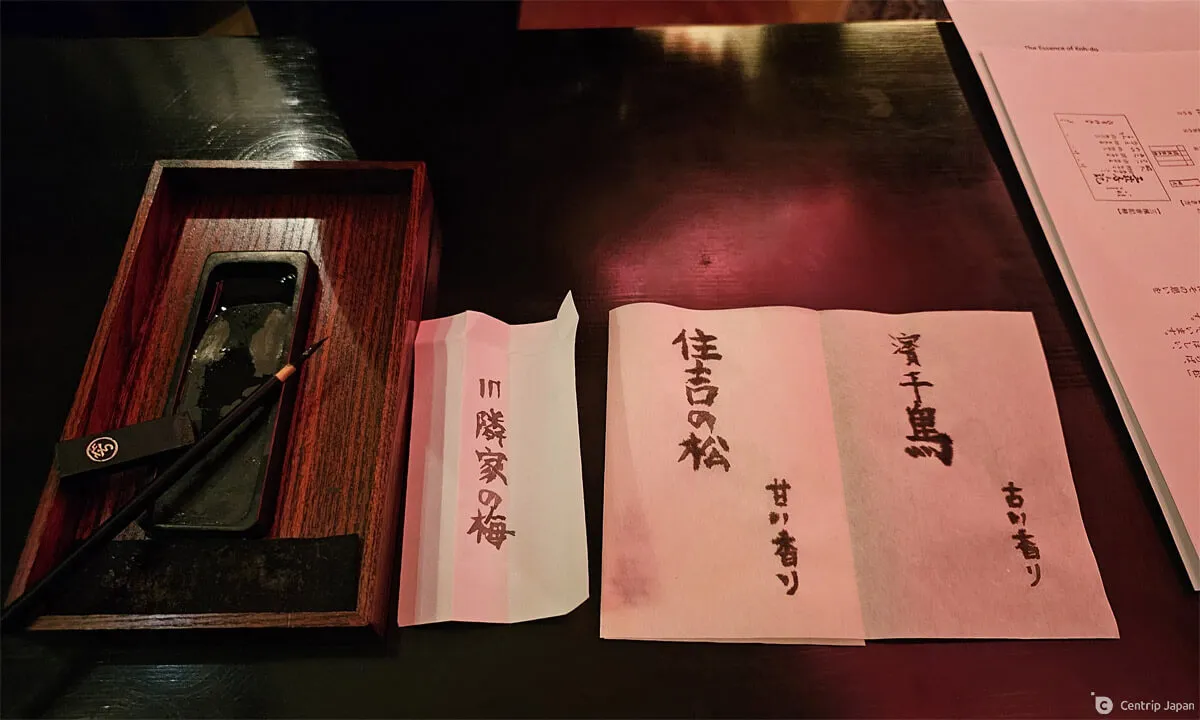 Smell three different incense scents, guess if they are different, and write down the answers
Smell three different incense scents, guess if they are different, and write down the answers
Next is a guessing game called "Kumiko." The master provides three different incenses. After smelling them carefully, we secretly note down the three scents and decide whether they are all different or the same. Each combination has a special symbol and name, which we write with a brush to check if our answers are correct.
When experiencing incense, it is essential to clear all external distractions and focus entirely on identifying the scents. Throughout all these processes, one can spend time slowly and enjoy mental tranquility amidst a busy world. If you are looking for a hobby that creates mental flow, trying Kodo might be a great idea.
Sado Experience
The Tameisaburo Memorial Museum was originally designed for conducting tea ceremonies, making it ideal for this experience as nearly all its rooms can serve as tea rooms.
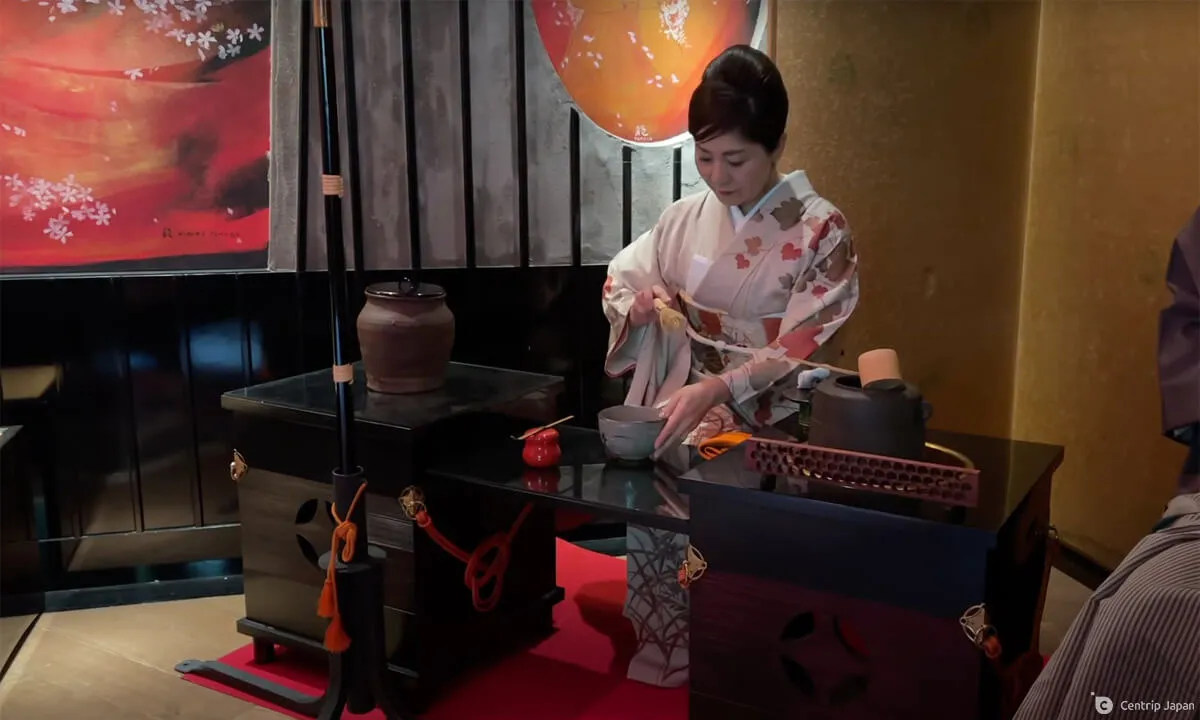 Preparing Matcha with Tea Ceremony Utensils
Preparing Matcha with Tea Ceremony Utensils
The tea ceremony begins with the serving of seasonal Japanese sweets, wagashi. The instructor sits at the front, explaining the steps of the ceremony. First, the tea bowl is rinsed with water. Then, matcha is placed into the bowl, hot water is poured over it, and the matcha is whisked using a bamboo tea whisk, chasen.
 Whisking the Matcha Back and Forth
Whisking the Matcha Back and Forth
The prepared matcha is then brought before you. Taking the tea bowl in hand, it's raised high as a gesture of gratitude. Next, the bowl is rotated so that its front faces away from oneself (a sign of humility), and the tea is sipped. Once finished, the bowl is rotated back to face the drinker.
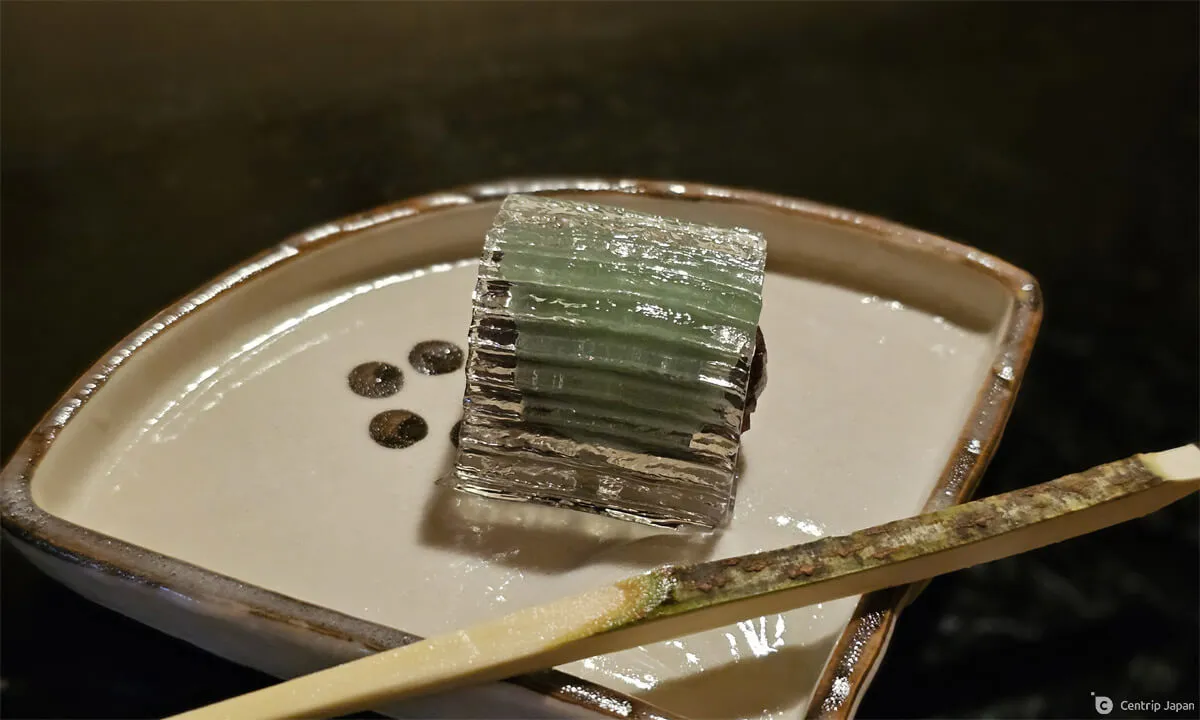 Wagashi for the Matcha Experience
Wagashi for the Matcha Experience
In the tea ceremony, there are many subtle details, like the selection of the tea bowl, often unnoticed. In summer, bowls are wide and shallow to allow the tea to cool, while in winter, they are thick and narrow to retain heat.
The experience lasts about an hour. In the quiet and gradual flow of time, one can immerse oneself in this artistic aspect of Japanese culture through the tea ceremony.
Must-Visit Spots at Kakuozan
A Japanese Temple with a Thai Atmosphere: Nittaiji Temple
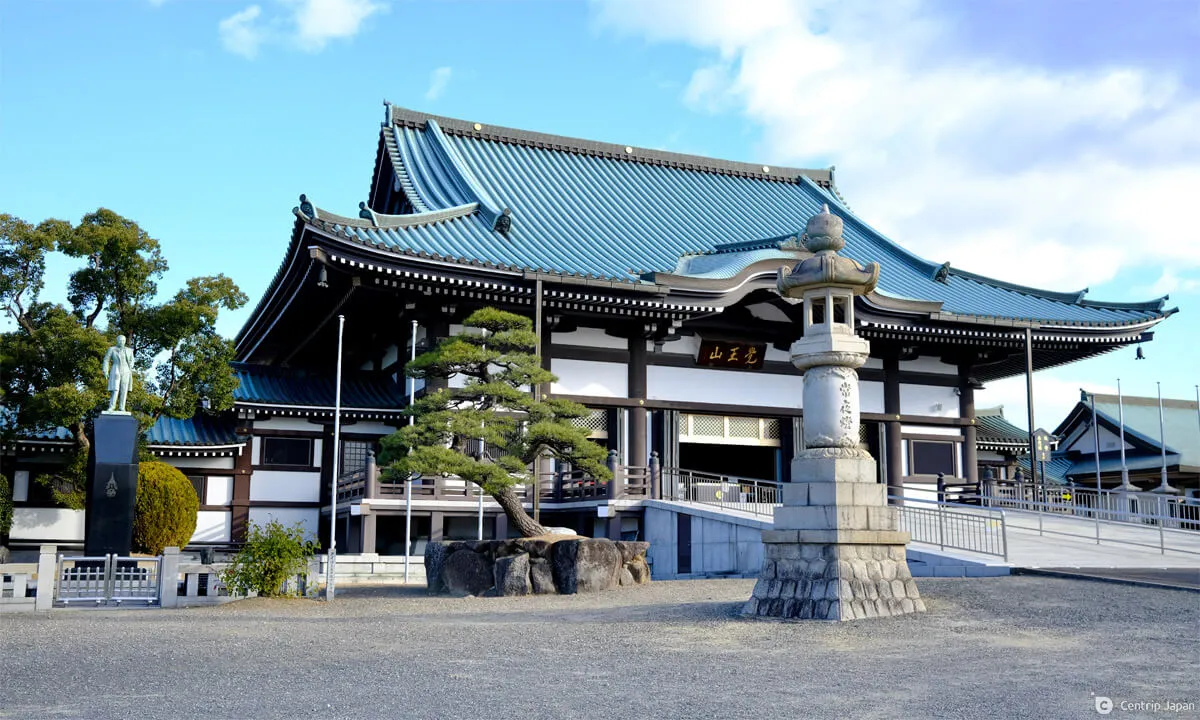 Nittaiji Temple
Nittaiji Temple
Located a 10-minute walk along a straight path from Kakuozan Station on the subway, you'll find Nittaiji Temple.
Established in 1904, Nittaiji Temple was built to enshrine a relic of the Buddha, Sakyamuni, gifted by the King of Thailand. "Nittai" symbolizes the bond between Japan and Thailand. Within the temple, visitors can enjoy rare sights uncommon in Japanese temples, such as statues of elephants and the 5th King of Thailand.
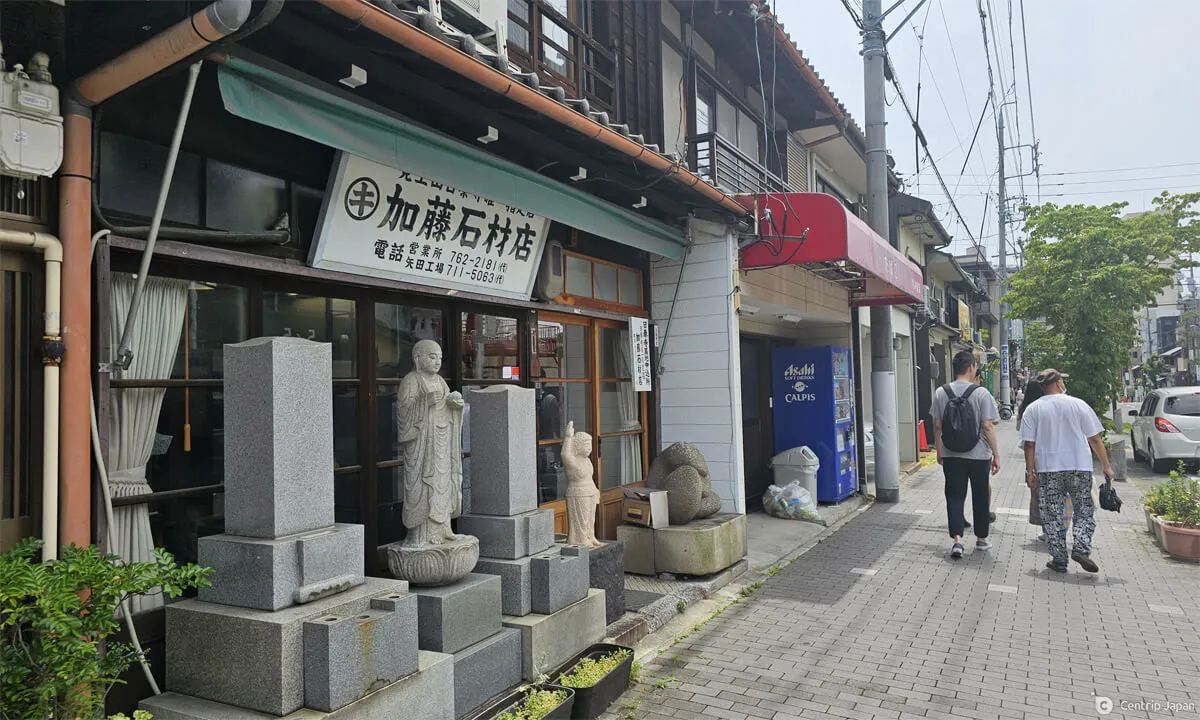 Approach to Nittaiji Temple
Approach to Nittaiji Temple
The approach to Nittaiji Temple is lined with chic shops, including sweets stores, hubs for artists and creators, and tea shops, making it a culturally vibrant area. On the 21st of every month, 'Kobo Daishi's Fair' takes place at the temple, featuring around 100 stalls selling food and groceries gathered in the temple grounds and along the approach, creating a lively atmosphere.
Former Villa of the First President of Matsuzakaya Department Store: Yokiso
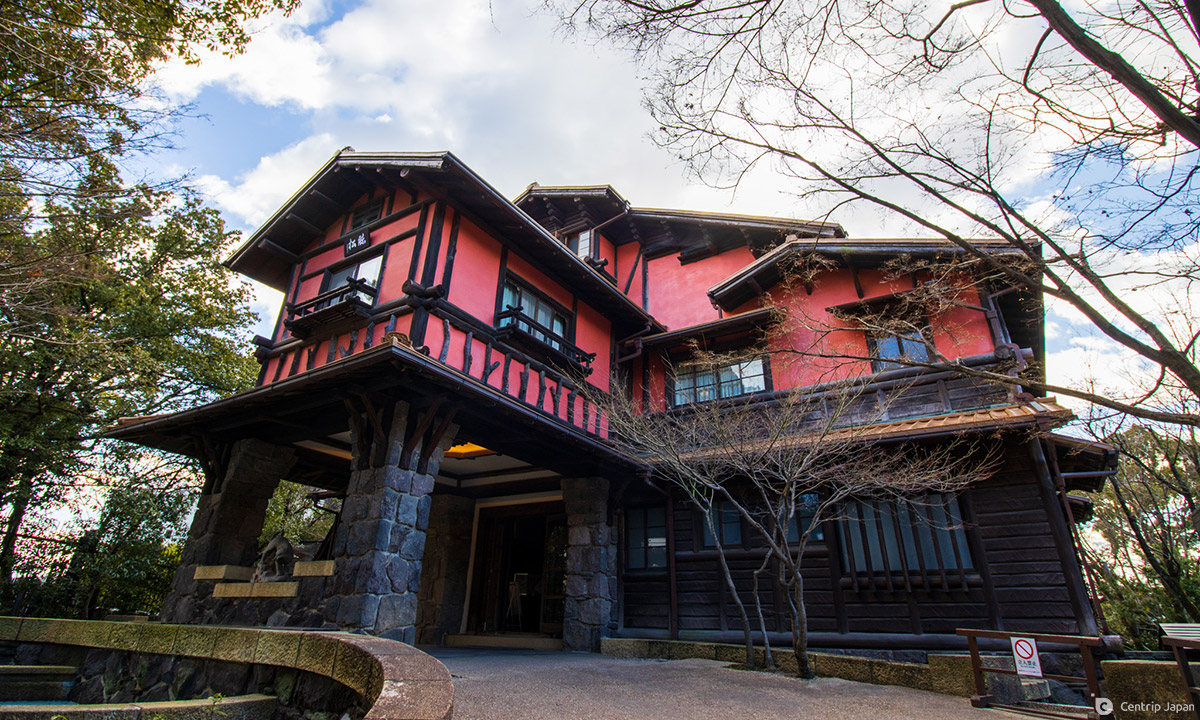 Exterior of Yokiso
Exterior of Yokiso
Yokiso was built between 1918 and 1937 by the first president of Matsuzakaya, one of Japan's major department stores. Before World War II, it was frequented by Japanese imperial family members, politicians, guests from various countries, and international students, serving as a symbol of wealth and prosperity.
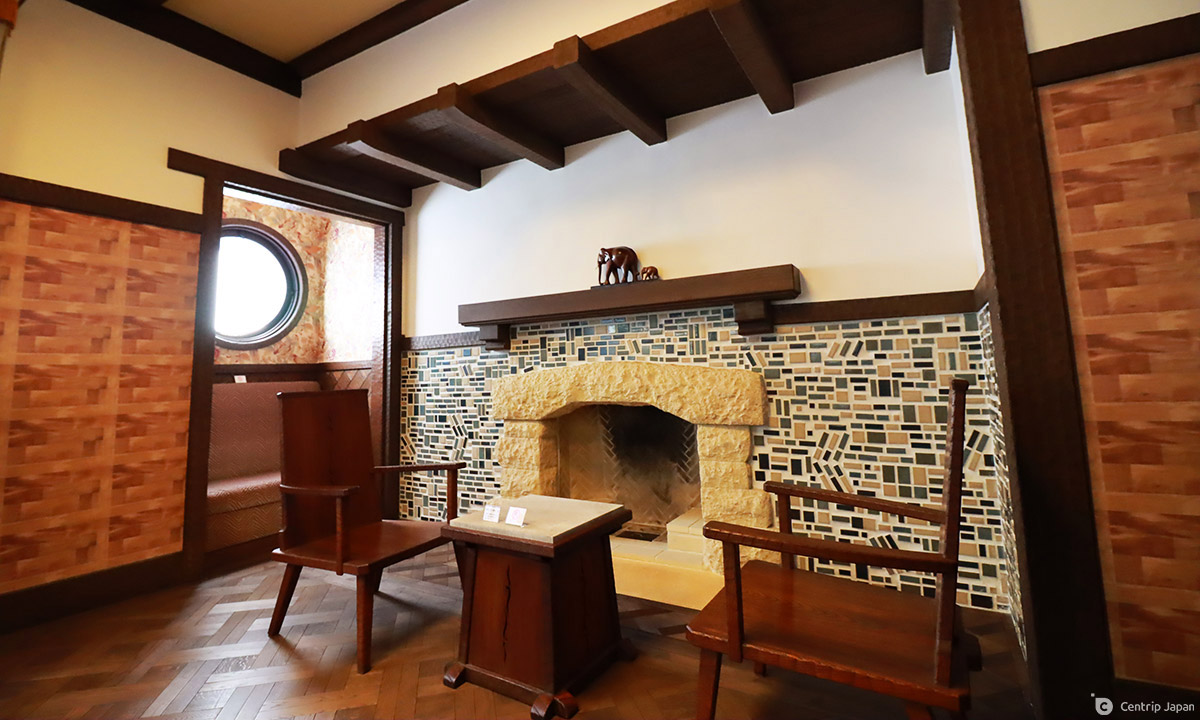 The sofas and windows in the Choshokaku guest rooms are modeled after aircraft cabin seats
The sofas and windows in the Choshokaku guest rooms are modeled after aircraft cabin seats
Choshokaku, designated as a Nagoya City Tangible Cultural Property, served as a welcome house at the time. Its innovative and bold design, blending Chinese, Western, Japanese, and Indian elements, remains striking even today. It reflects the cultural literacy and wealth of its creator.
Wrap-up
The Nagoya Kakuozan area, steeped in history and culture, has long been a gathering place for the elite. Like an undiscovered treasure for foreign tourists, the area radiates a quiet and warm brilliance. It is highly recommended for travelers who wish to immerse themselves in the nuances of Japanese culture and for those seeking to experience the traditional arts of Japan, such as tea and incense ceremonies, which are not commonly encountered in everyday life.

